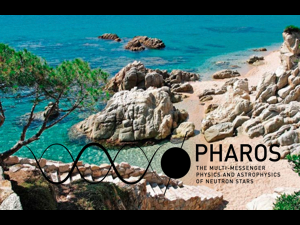Speaker
Ms
Kelly Gourdji
(Anton Pannekoek Institute)
Description
On 17 August 2017, gravitational waves (GWs) from a binary neutron star inspiral (GW170817) were detected for the first time, by the Advanced LIGO and Advanced VIRGO GW detectors. This triggered an observing campaign of unprecedented scale that covered the full electromagnetic spectrum and launched the era of multimesseneger astronomy. Ongoing monitoring of the radio emission in particular, which traces the high-velocity ejecta from the merger, has proven to be instrumental in discriminating between models of the merger event. Here, I outline the LOFAR rapid response and follow-up strategy of compact merger events such as GW170817, in particular making use of the telescope’s very large instantaneous field of view. I will describe the various relevant emission mechanisms and what is required in order to detect them using LOFAR. I will present initial LOFAR results from gravitational wave events. I also show how our LOFAR strategy can be applied to rapidly respond to GRBs and place constraints on the possible existence of a neutron star central engine in some cases. Finally, I present our results for long GRB 180706A.
Primary author
Ms
Kelly Gourdji
(Anton Pannekoek Institute)

